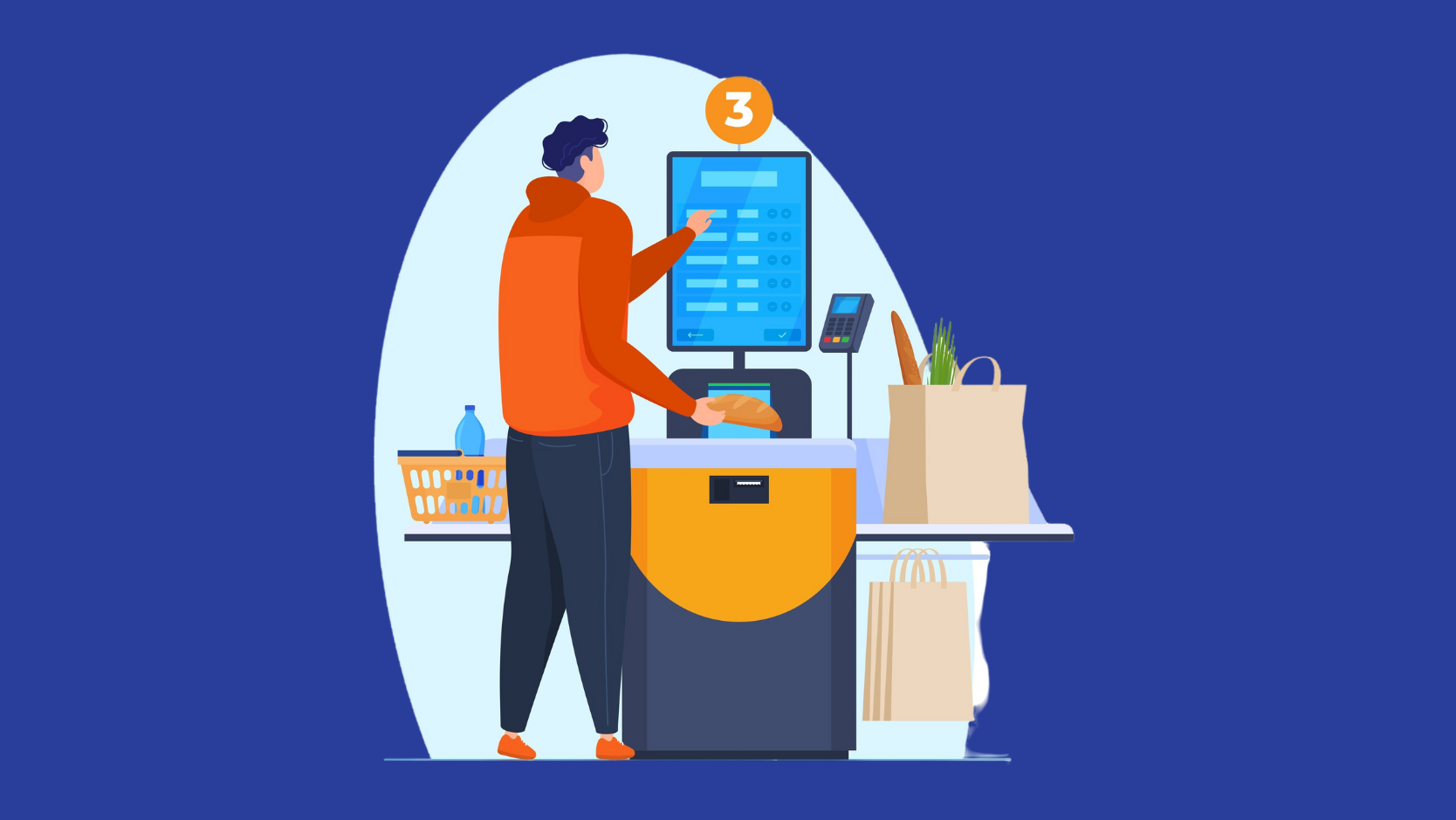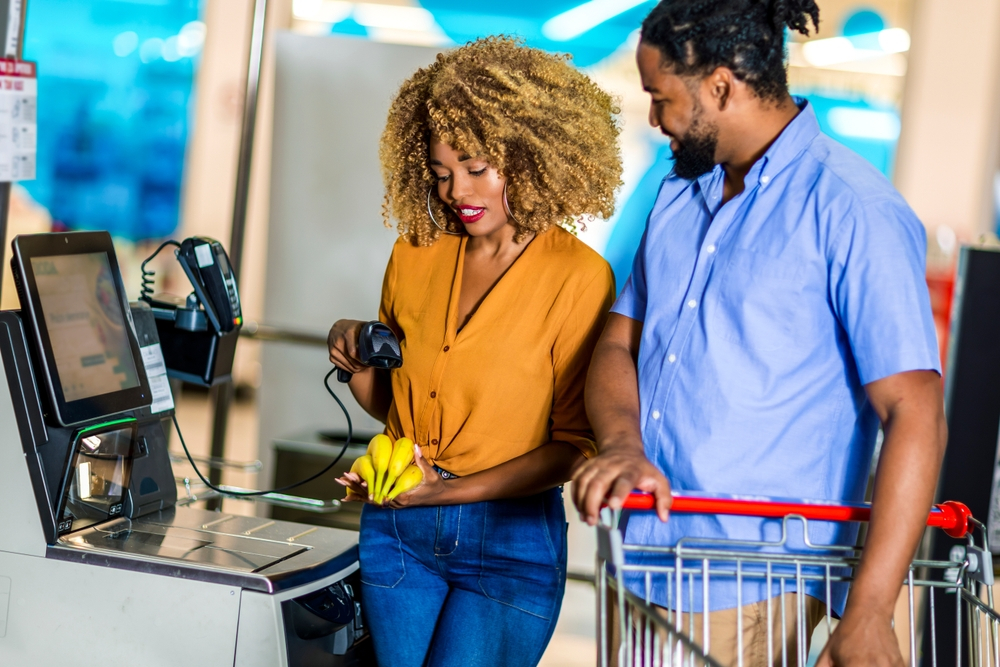
Self-checkout kiosks have become ubiquitous in retail stores, promising an expedited and independent shopping experience. However, the reality can be a mixed bag. While self-checkout offers undeniable convenience in certain situations, its effectiveness in delivering on its core promise is debatable.

On the positive side, self-checkout undeniably streamlines the process for shoppers with a few items. Bypassing traditional cashier lines can save valuable time, especially during peak hours. For consumers, the allure lies in the prospect of bypassing long lines and gaining more control over their shopping experience. With self-checkout, there’s no need to wait for a cashier to become available; instead, customers can simply scan their items and be on their way in a matter of minutes. This autonomy fosters a sense of efficiency and empowerment, allowing individuals to complete their transactions at their own pace; empowering customers who prefer a more autonomous and contactless shopping experience.
However, self-checkout also presents several challenges. Technical glitches, inaccurate scanning, and difficulty with weight verification are just a few of the common issues that plague self-checkout users. This raises a need for assistance store personnel, frequently disrupting the supposed convenience. These hiccups not only impede the checkout process but also contribute to feelings of frustration and dissatisfaction among customers.
Furthermore, the widespread adoption of self-checkout has raised concerns about job displacement in the retail sector. While stores claim it improves efficiency, critics argue it comes at the expense of human interaction and personalized service.
So, is self-checkout living up to its promise of ultimate convenience? The answer isn’t a simple yes or no. It depends on individual preferences, the shopping scenario, and the quality of implementation by the retailer.
Here’s what could improve the self-checkout experience:
- Simplified and intuitive user interfaces: Clearer instructions and better system navigation can minimize user frustration.
- Enhanced staff support: Having readily available store personnel to address issues promptly is crucial.
- Accommodating diverse shopping needs: Catering to larger purchases, bulky items, and customers requiring assistance can ensure inclusivity.
Ultimately, self-checkout can be a valuable tool when implemented thoughtfully. By addressing its shortcomings and prioritizing customer experience, retailers can unlock the true potential of self-checkout, making it a genuine convenience rather than a source of frustration.

